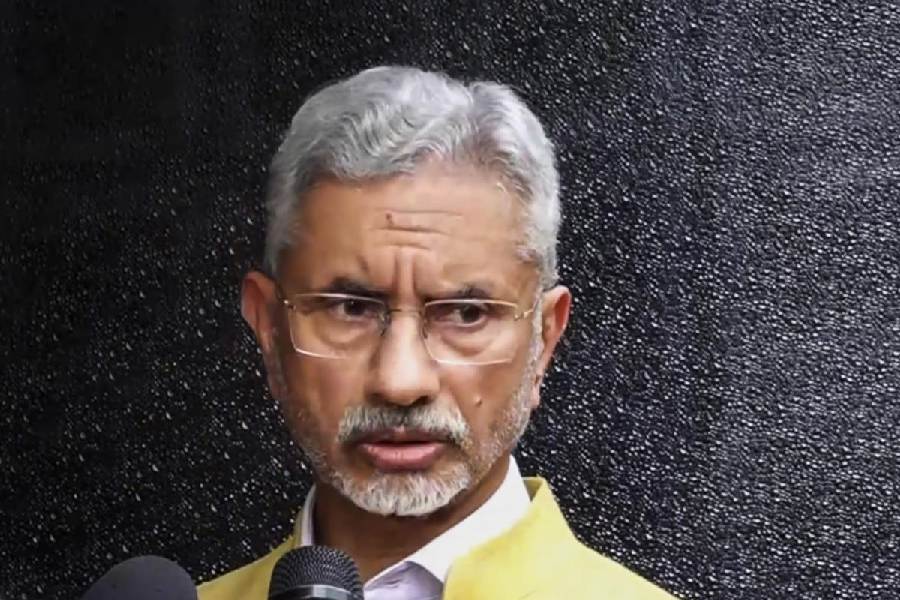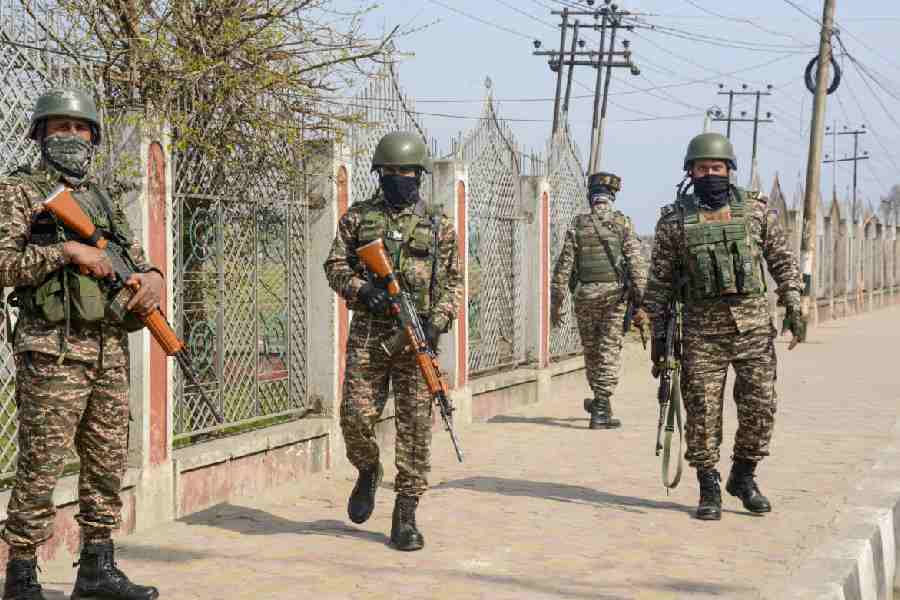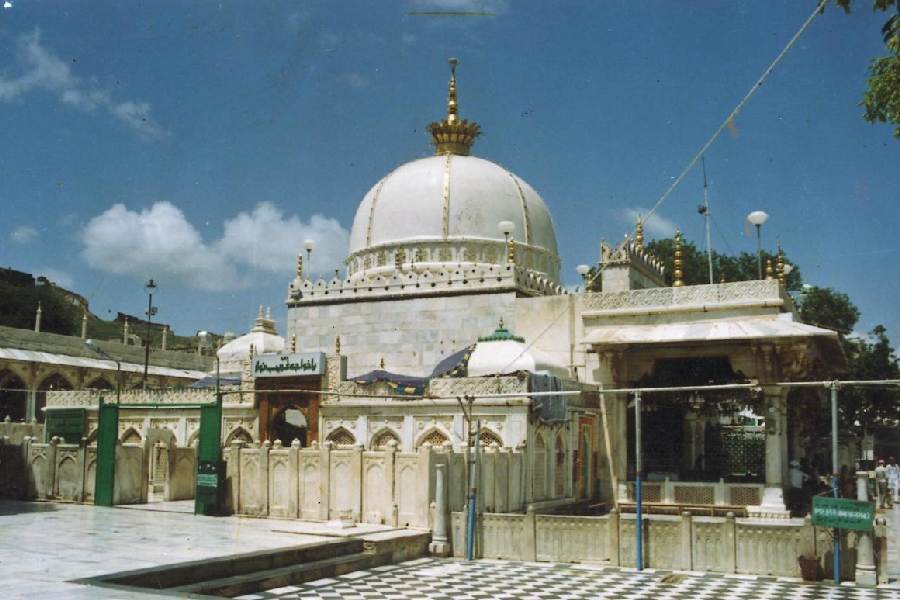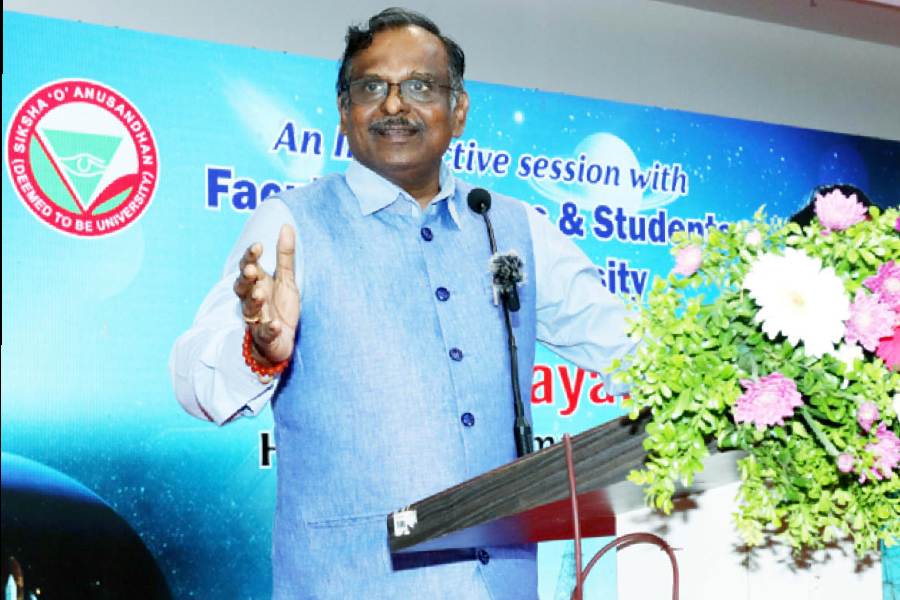
Archaeological Survey of India (ASI) will soon start water-seal the Kumhrar park to prevent any damage to the archaeological remains at the Mauryan heritage site.
Waterlogging is a frequent problem in the area because lack of proper drainage and damage to the walls in several places. The portion before the main gate is also low-lying which leads to water entering the park.
So, the ASI will lay sand or put up a layer of concrete in front of the main gate to "water-seal" the archaeological park.
The ASI repaired the park's front wall last year but still, accumulation of water poses a serious threat to the 80-pillared hall that embodies evidence of ancient Pataliputra. In 2004, the ASI got the hall site filled with sand and soil, claiming it to be a move to protect the structure from waterlogging.
"Though there is very little scope for drainage of water from the Kumhrar archaeological site because of dense human settlement all around it, we are taking a few measures to reduce waterlogging as much as possible," said Praveen Kumar Mishra, superintending archaeologist, ASI-Patna circle.
In spite of a ban on any kind of construction around 100m of this protected site, houses have mushroomed mere inches from its boundary walls. With the houses, came the uncontrolled discharge of sewage water, which has developed into a small pond on the southwestern corner of the Mauryan site.
"I have recommended water-sealing the area in front of the entrance gate and ticket counter," said Mishra. "Besides, I have ordered for dredging of the pond on the southwestern corner of the site so that more water can be drained into it."
Rainwater had accumulated at the archaeological site after the showers on Monday night as well. As the site of the 80-pillared hall is comparatively low-lying than its surroundings, it gets inundated even after light rain.
According to records with ASI, all pillars at the assembly hall were made of black-spotted buff sandstone monoliths with a lustrous shine typical of the Mauryan period. Regarding the nature of this hall, it has been variously assigned as the palace of Asoka, audience hall, throne room of Mauryas, a pleasure hall or the conference hall for the third Buddhist council held at Pataliputra in the 3rd century BC.
The famed pillared hall first came to light in 1912-15 during excavations carried out by British Archaeological Survey of India under DB Spooner with funds donated by the House of Tatas.
"In 2004, then superintending archaeologist of ASI's Patna circle Urmila Sant got the entire assembly hall buried under sand and soil claiming frequent water logging," said a senior ASI official. "Though the ASI had claimed they took the step after consulting a number of historians, it was the worst thing that could have happened to this monument."










